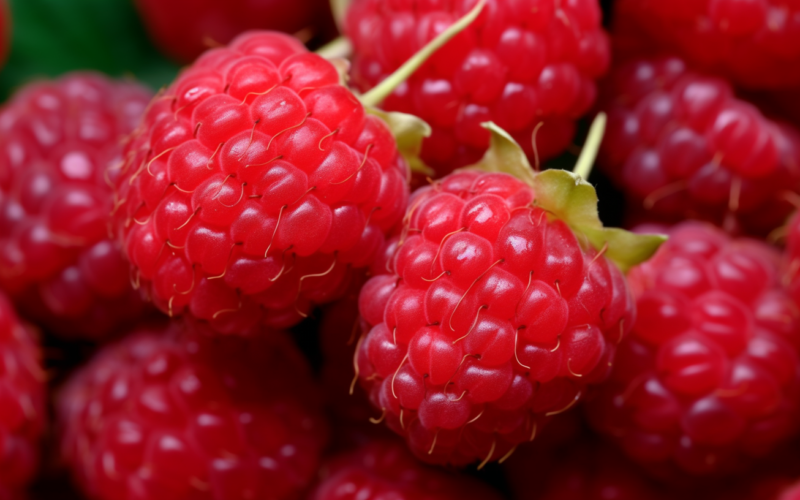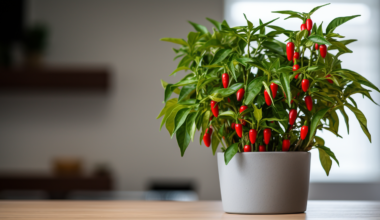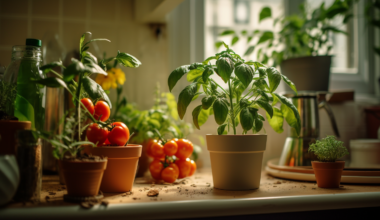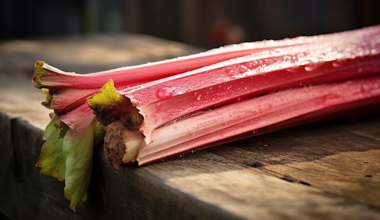Raspberries are delightful, juicy berries that are not only delicious but also packed with vitamins, minerals, and antioxidants. Growing your own raspberries can be a rewarding and enjoyable experience, allowing you to savor the freshness and flavor of homegrown fruit. Whether you have a large garden or a small space, raspberries can be grown successfully with a little care and attention. In this article, we will guide you through the process of growing raspberries, from selecting the right variety to nurturing the plants and harvesting the fruits. Get ready to embark on a berry-filled adventure and enjoy the bountiful rewards of growing your own raspberries.
Choosing the Right Raspberry Variety
Before you start growing raspberries, it’s important to choose the right variety that suits your growing conditions and preferences. Raspberries come in different types, including summer-bearing, everbearing, and fall-bearing varieties. Summer-bearing raspberries produce fruit once a year in summer, while everbearing raspberries produce two crops, one in summer and another in fall. Fall-bearing raspberries produce fruit only in the fall. Consider your climate and desired harvest period when selecting a raspberry variety.
Preparing the Planting Site
Raspberries thrive in full sun and well-drained soil. Select a site in your garden that receives at least six to eight hours of direct sunlight each day. Avoid areas with heavy clay soil or poor drainage, as waterlogged soil can lead to root rot. Prepare the soil by removing any weeds, rocks, or debris. Loosen the soil and incorporate organic matter, such as compost or well-rotted manure, to improve drainage and fertility. Aim for a slightly acidic soil with a pH level between 5.5 and 6.5.
Planting Raspberries
Raspberries can be planted in early spring or fall when the soil is workable and temperatures are moderate. Follow these steps to plant raspberries:
- Dig a trench that is wide enough to accommodate the raspberry canes and deep enough to allow the roots to spread comfortably.
- Space the plants according to the variety’s recommendations, usually around two to three feet apart. This ensures proper airflow and reduces the risk of diseases.
- Place the raspberry canes in the trench, spreading out the roots carefully.
- Backfill the trench with soil, ensuring that the canes are at the correct depth. The crown, where the roots meet the stems, should be level with the soil surface.
- Gently firm the soil around the plants and water thoroughly.
Caring for Raspberry Plants
To ensure healthy growth and a bountiful harvest, raspberry plants require regular care and attention. Here are some important care tips:
- Watering: Raspberries need consistent moisture, especially during dry spells and when the fruits are developing. Water deeply, providing one inch of water per week. Avoid overwatering, as excessive moisture can lead to root diseases.
- Mulching: Apply a layer of organic mulch, such as straw or wood chips, around the base of the plants. Mulch helps conserve moisture, suppress weeds, and regulate soil temperature. Keep the mulch a few inches away from the canes to prevent rotting.
- Pruning: Pruning is crucial for maintaining healthy raspberry plants and encouraging fruit production. Summer-bearing varieties should be pruned immediately after harvest, removing the canes that produced fruit and leaving the new canes for next year’s crop. Everbearing and fall-bearing varieties can be pruned in early spring. Remove any damaged or weak canes, leaving the healthy ones.
- Supporting the Canes: Raspberries have tall, arching canes that need support to prevent them from bending or breaking under the weight of the fruit. Install a trellis, fence, or wire system to support the canes and keep them upright. Tie the canes to the support structure using soft plant ties or twine.
- Fertilizing: Raspberries benefit from regular fertilization to maintain healthy growth. Apply a balanced fertilizer in early spring, following the manufacturer’s recommendations. Avoid excessive nitrogen, as it can promote vegetative growth at the expense of fruit production.
Harvesting Raspberries
The moment of truth arrives when it’s time to harvest your ripe, juicy raspberries. Here are some tips for harvesting:
- Observe the color and texture: Ripe raspberries should be fully colored, whether red, yellow, or black, depending on the variety. They should also feel slightly soft to the touch.
- Pick carefully: Gently grasp the raspberry between your fingers and give it a slight twist. The ripe berry should detach easily from the plant. Be careful not to squish or damage the delicate fruits.
- Harvest regularly: Raspberries ripen over a period of several weeks, so check the plants frequently and harvest ripe berries regularly to prevent over-ripening or spoilage.
- Enjoy fresh or preserve: Raspberries are delightful when enjoyed fresh, but they can also be frozen, made into jams or jellies, or used in baking and desserts. Experiment with different recipes to savor the flavor of your homegrown raspberries year-round.
Conclusion
Growing raspberries can be a fruitful and satisfying experience for gardeners of all skill levels. With the right variety selection, proper planting techniques, and regular care, you can enjoy a bountiful harvest of these delicious and nutritious berries. Whether eaten fresh, used in culinary creations, or preserved for later enjoyment, homegrown raspberries bring a sense of satisfaction and the taste of summer to your garden. So, roll up your sleeves, grab your gardening tools, and embark on the journey of growing your own raspberries – a truly rewarding and delicious endeavor.






